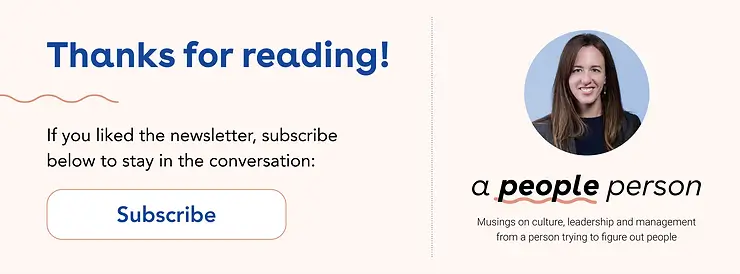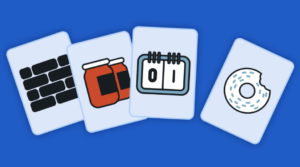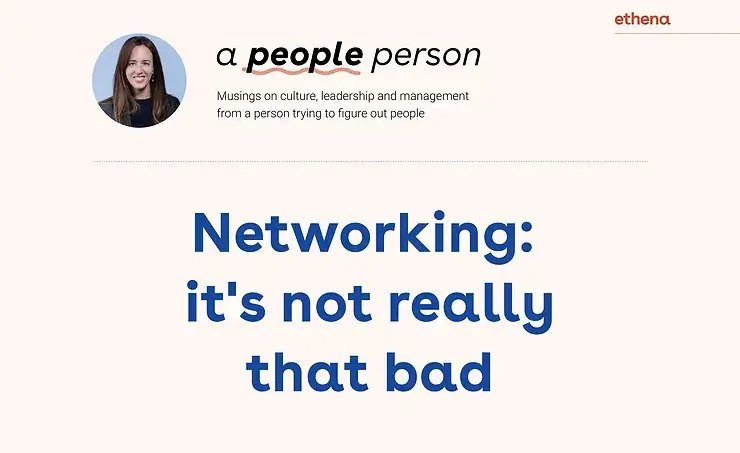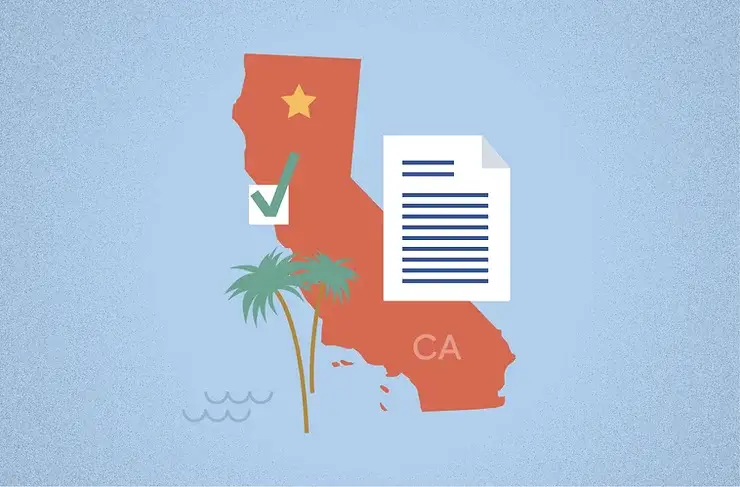Hi there,
When I was in college, I fought the idea of networking. It seemed sleazy and whenever I heard “networking event,” I’d think of a packed conference room with people sweating and swapping business cards. As an introvert, this was my nightmare.
I didn’t want to push my way into relationships, I wanted to be pulled in. So I wasn’t deliberate in driving my networking; instead, I was mostly a passenger and hoped that somehow, I’d just happen to bump into great mentors who would say, “Hi Roxanne, please can I have the opportunity to mentor you?”
Obviously, this is not a winning strategy.
When I got out of the Army, I went into networking overdrive because I realized that my network was almost entirely military folks. And while they are great, I worried that if I didn’t beef up my “civilian” network, I’d end up in one of those massive buildings outside of Washington, DC doing defense contracting, which did not make my heart sing. This time around, I am better than my college self, mostly because I’d gotten over the inherent awkwardness of putting myself out there. And now, as a CEO, I find myself encouraging other people on my team to build their networks too. Oh, the irony.
NETWORKING & YOU
I was recently encouraging Melanie Naranjo, our incredible VP of People, to build up her network and I essentially set her up on a networking call with a people leader I thought she’d like. I was very grateful that Melanie got off the call and told me, “Roxanne, I’m not sure what I was supposed to talk about – how do you network?” I’m glad she asked because it’s not obvious. Why should you network? And if you’re bought in, how should you? Since I think it’s one of the best ways to support professional development, I’ll share what I shared with Melanie in the hopes that it’ll either help you or someone you manage.
So, why network?
Yes, networking is supposed to help, but what exactly should you be using your network for? Well, since I’ve built up mine, I’ve found myself getting three different buckets of benefits from it:
Peers (for me, fellow founders of companies around my size)
- Gut checks. When I’m about to make a decision, sometimes I text a few peers to check my logic. Because we’re all in the same boat, if I get “yeah, makes sense” back, I know that at least I’m not off in space. If I get, “call me,” I know I just saved myself from making a big whoopsie…
- Sanity. Jobs are hard and turns out the more senior you get, the fewer internal peers you have. I can’t go grab coffee with all the other CEOs at Ethena because…’tis just me. But with a peer network, I have people I can grab a drink with that remind me I’m not alone. Then we cry into our negronis together. Kidding! …mostly.
People 1-2 stages ahead (whatever that means for your career):
- Cheat sheet – Many problems have been solved before. Whenever I ask someone who’s led their company through something I’m going through, I get a cheat sheet. It’s not the exact answer, but it’s a really helpful data point.
- Perspective – Similar to sanity, it’s nice to talk with people who can help you zoom out of your day-to-day and see a larger narrative.
Super stars:
- Open doors – Having a small but accomplished set of people in your network can work magic at pivotal moments (a reference call, an intro to someone you’re trying to get to, etc.).
Okay … How?
Let’s say my chart has convinced you that networking is helpful. How do you build one? I’ve got three tips:
- Be direct. I got introduced to this CEO I’d heard incredible things about and I just asked her, “Will you be my mentor? Can I call you sometimes?” Yes, that sounds super awkward, but my perspective is I’d rather just be direct and find out, versus having a bunch of people in this weird limbo. (As you can guess, I 100% asked my husband out. Shoot your shot!)
- Work warm intros. My LinkedIn inbox is a deep, scary morass of mostly weird messages. But when I get a note from someone I know saying, “Hi, my friend is starting a company and wants to chat,” I’m far more likely to respond. Use your friends to make the first outreach when you can.
- Brace for No’s. Okay, this is the downside of being direct, but it’s okay. Brace for people to tell you no, to ghost, or to say they don’t really have the time. I’ve had people say, “Sorry, but you are not my priority” and while it stings, it’s also super reasonable. Remember, you only need a few people in each bucket so it’s totally fine to get rejected (she says as she cries into a pint…)
Who should be in it?
Yes, I’ve organized information into buckets again. I’m sorry. I’d go for a mix of a few people in the “Depth” category and then the majority in the “Breadth.”
- Depth. The folks in this bucket are people you’re going to go to dinner or get coffee with, you’ll probably talk with them once a month and develop deep bonds. This is about strong connections. To put people in this bucket will take time. You need to find people you vibe with who also have the bandwidth to spend time with you.
- Breadth. These are going to be more superficial connections and that’s totally okay. You meet, reach out a few times a year with an update or and ask (but don’t treat them like an ATM and only come with asks)!
Okay, now that you have the framework for networking, get to it! And if I get a bunch (more) weird LinkedIn messages, I’ll have only myself to blame. Best of luck.
What I’m reading:
I thought this recent Harvard Business Review study on men and allyship was super interesting. The tl;dr: “Men are more likely to view themselves and other men as active allies and advocates than women do.” Given I wrote about my personal experience with gendered feedback last week, this felt especially relevant.
Until next time,
Roxanne Petraeus CEO & Co-founder, Ethena












